Embark on a journey through Barcelona's captivating art and architecture. Explore the visionary works of Gaudí, Picasso, and more, set against the city's stunning landscapes.
GVI
Posted: July 5, 2024

Zaytoen Domingo
Posted: March 28, 2022
With roughly ten million speakers, you’re almost certain to come into contact with Quechua-speaking people while volunteering in South America. This language is part of daily life for many Peruvians and is a key part of Peru’s history and culture.
Once the capital of the Inca Empire, the city of Cusco is still a cultural hub for Quechua-speaking people.
Quechua language and traditions are interwoven into life throughout the city. If you’re considering volunteering in Cusco, understanding more about the Quechua language will give you a greater appreciation for the Quechuan people who are believed to be descendants of the Inca Empire.
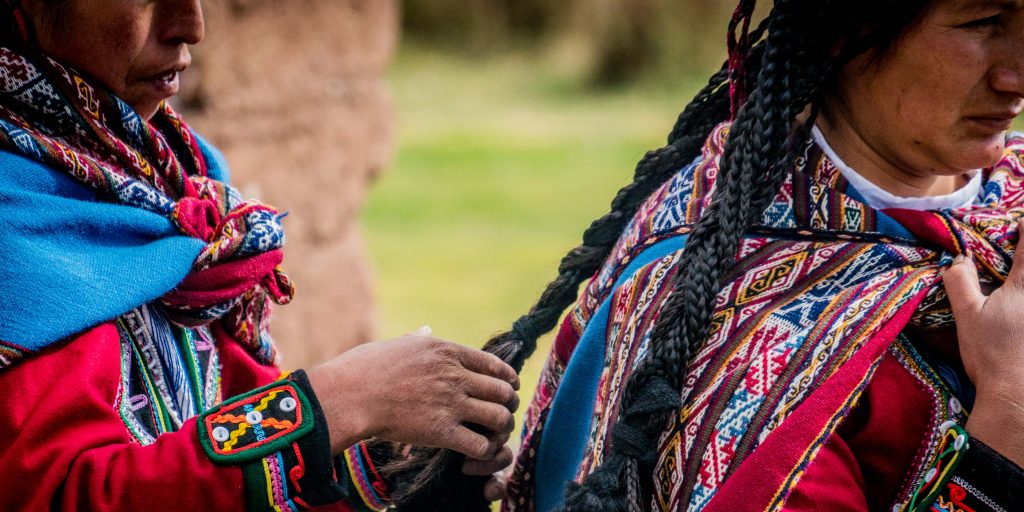
Quechua is also known as Runasimi, which translates to the “people’s language”. It’s spoken so widely in South America that there are now 45 dialects within the Quechua language family.
The Quechua spoken in Cusco is often regarded by Peruvians as the purest form of the language. Linguistically speaking though, the Quechua spoken in Cusco is no closer to the original Quechua language than variations spoken in other locations today.
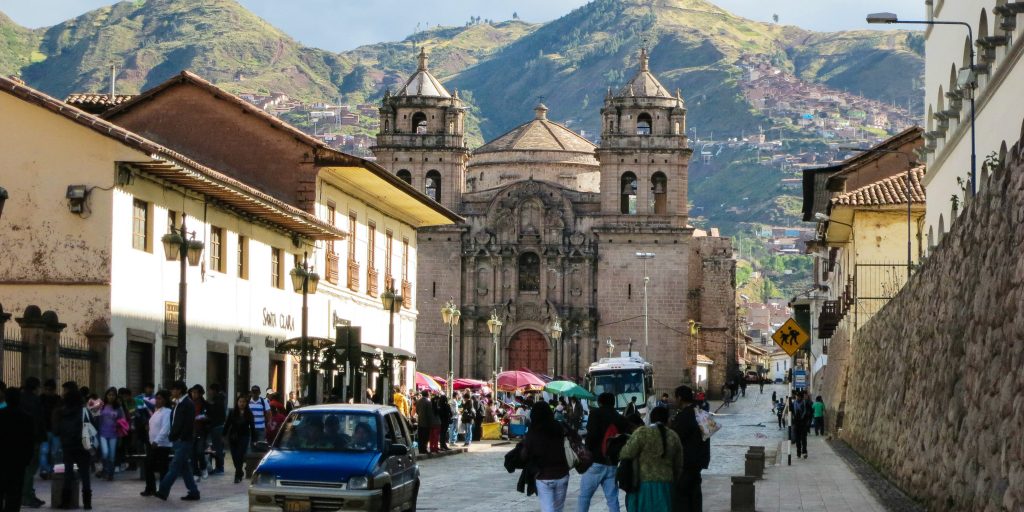
The exact origins of Quechua are unknown, but it’s generally agreed that Quechua was spoken in Peru for more than 1,000 years before the Inca people came into power. The Inca people promoted its use and the spread of the language throughout the Andean region.
The Inca rulers made Quechua the official language of Cusco when the city became their administrative and religious capital early in the 1400s. When the Inca civilisation expanded further into current-day Peru in the fifteenth century, Quechua became the lingua franca (a commonly spoken language among people not sharing the same first language ) across the rest of the country.
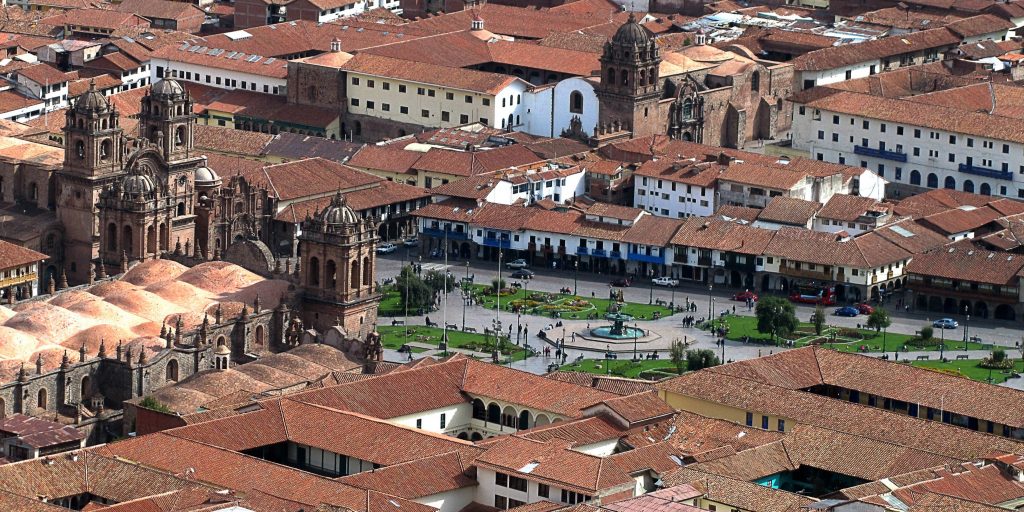
The Inca Empire, which flourished from the mid-1400s to 1533, played a big part in spreading the Quechua language.
During their rule, the Incan people used a system of public service called “mita”, which meant whole tribes could be moved from one region to another. This was a way of managing rebellious groups and expanding the reach of their loyal subjects, and moving Quechua speakers into newly controlled territory. Moving large armies around their empire also contributed to the spread of the language.
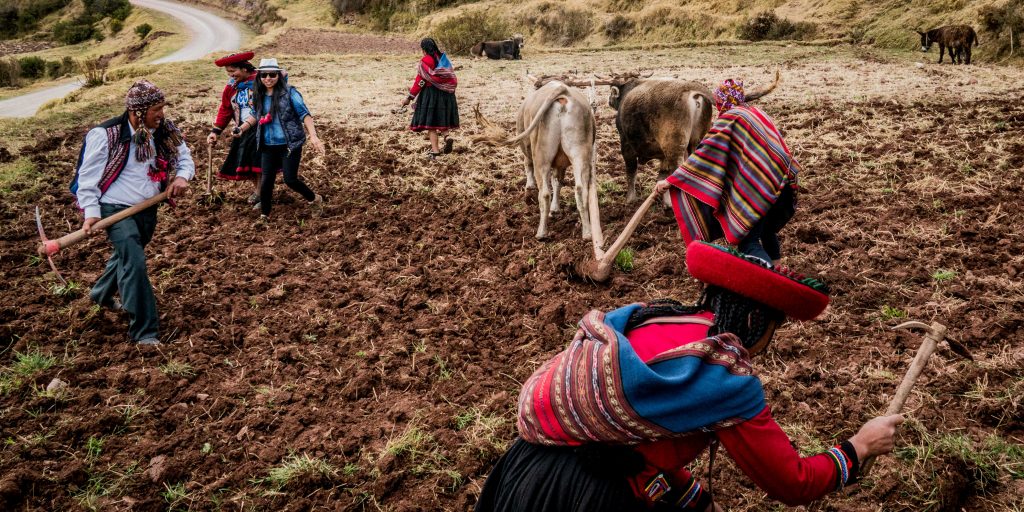
By the time the Spanish colonists arrived in the 1500s, the Quechua language had already spread as far as what is now known as Argentina, Brazil and Colombia.
Before the arrival of the Spanish colonists, there was no written version of Quechua. Spanish colonists used the Latin alphabet to write down the language.
Quechua first appeared in writing in 1560 in a dictionary published by the missionary Domingo de Santo Tomas. He spent 20 years learning Quechua before completing his written record: ‘“Grammatica o arte de la lengua general de los indios de los reynos del Perú” (Grammar or Art of the General Language of the Indians of the Royalty of Peru).
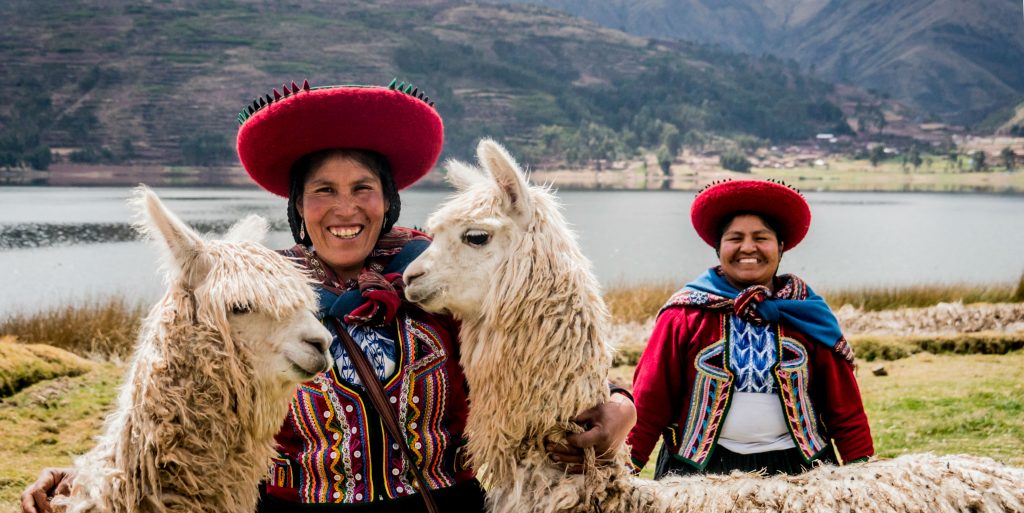
Many words have been borrowed from Quechua. The best example is “Cusco”, which comes from the Quechuan word “Qosqo”, meaning “navel of the world” or “centre of the universe”.
Some Quechuan words were even absorbed into Spanish and then absorbed into the English language. These include puma, condor, llama and coca.
Spanish also had a great impact on Quechua. One way to say “good morning” in Quechua is “wuynus diyas”, which is close to the Spanish translation “buenos dias”.
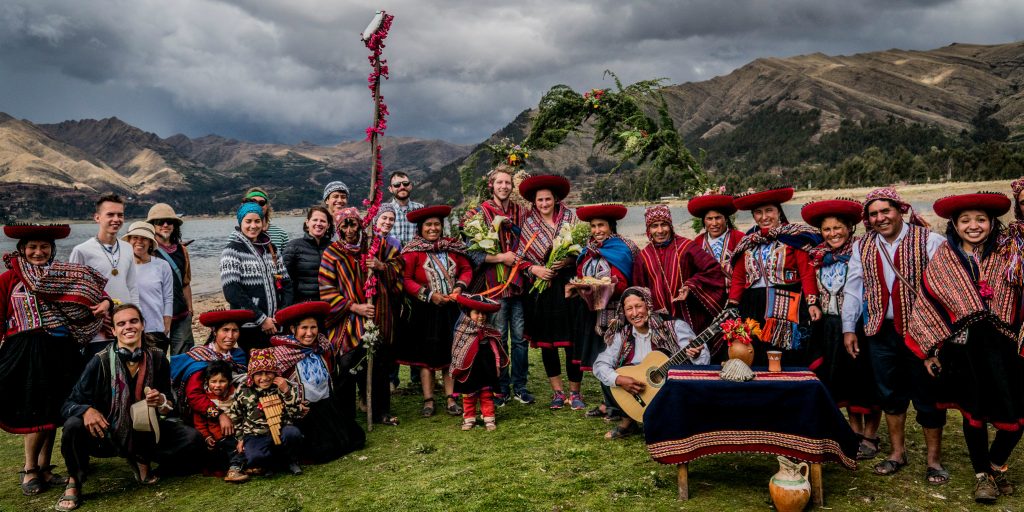
Today, Quechua is the most widely spoken indigenous language in Peru. It’s one of the country’s official languages and is used as the main everyday language in many rural areas. Quechua is most commonly spoken in the southern and central highland areas of Peru.
Around 13% of Peruvians speak Quechua as their mother tongue. The Inca legacy means the area around Cusco still has the highest number of Quechua speakers, with 46% of people speaking the language.
But, the number of native Quechua speakers has been falling, as Spanish becomes more dominant. In recent years, the United Nations Educational, Scientific and Cultural Organisation (UNESCO) has even named Quechua as a vulnerable language.
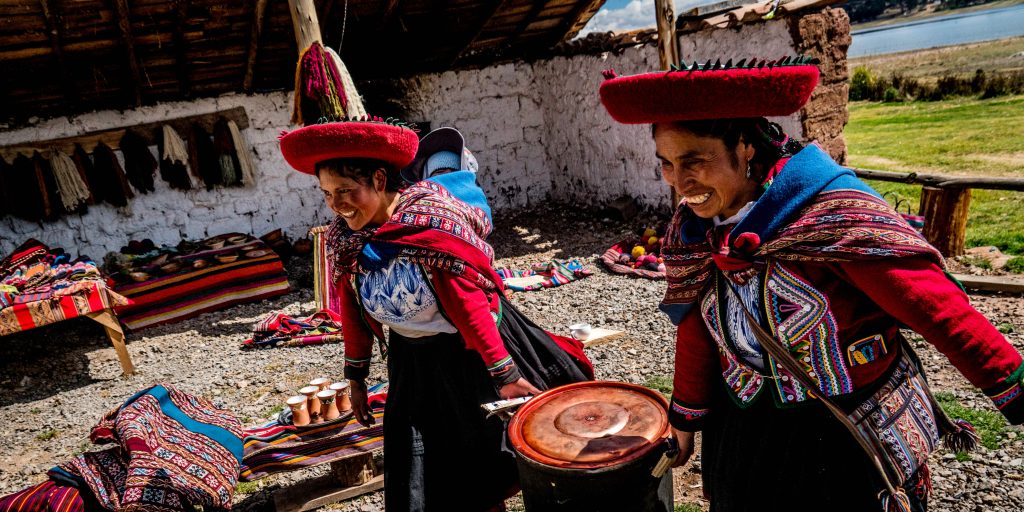
Because Quechua is mostly an oral language, Spanish remains the primary language used in education and politics. Because of this, many Quechua speakers are illiterate in their native language.
The struggles of the Quechua language are also related to the difficulties Indigenous people sometimes experience. Although there is generally pride in the history of the Inca Empire, Quechua people can face prejudice in Peruvian society and some Quechua speakers prefer to hide their linguistic roots and learn Spanish instead.
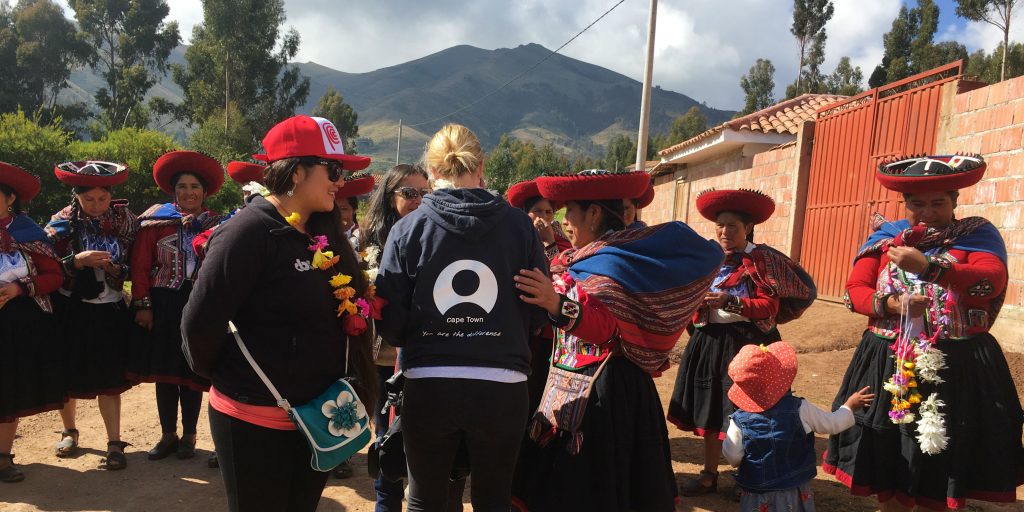
Learning a few key words in Quechua will add to your experience abroad by making it easier to connect with native speakers as well as reaffirming the importance of the language. It could also prove useful in areas where Quechua is the everyday tongue.
Try using these phrases:
Allianchu (pronounced eye-ee-anch-ooo) – Hello, how are you?
Allianmi (eye-ee-on-me) – Fine, thank you
Sulpayki (sool-pay-ki) – Thank you
Tupananchikama (two-pan-anchis-kama) – Goodbye
The best way to learn Quechua phrases is to be immersed in the language. That means living and working in an environment where the language is spoken every day. Volunteering in Peru and visiting the former capital of the Inca Empire is the perfect chance to get to know Peru’s Indigenous people as well as their languages.
Browse GVI’s volunteering options in Peru where you’ll find a range of programs that combine sustainable development with cultural immersion.
We understand that you may have questions about how COVID-19 will affect your travel plans. Visit our FAQs page which explains our latest safety protocols in response to COVID-19.
Disclaimer: The images in this article were taken pre-COVID-19.
By Zaytoen Domingo
Embark on a journey through Barcelona's captivating art and architecture. Explore the visionary works of Gaudí, Picasso, and more, set against the city's stunning landscapes.
GVI
Posted: July 5, 2024